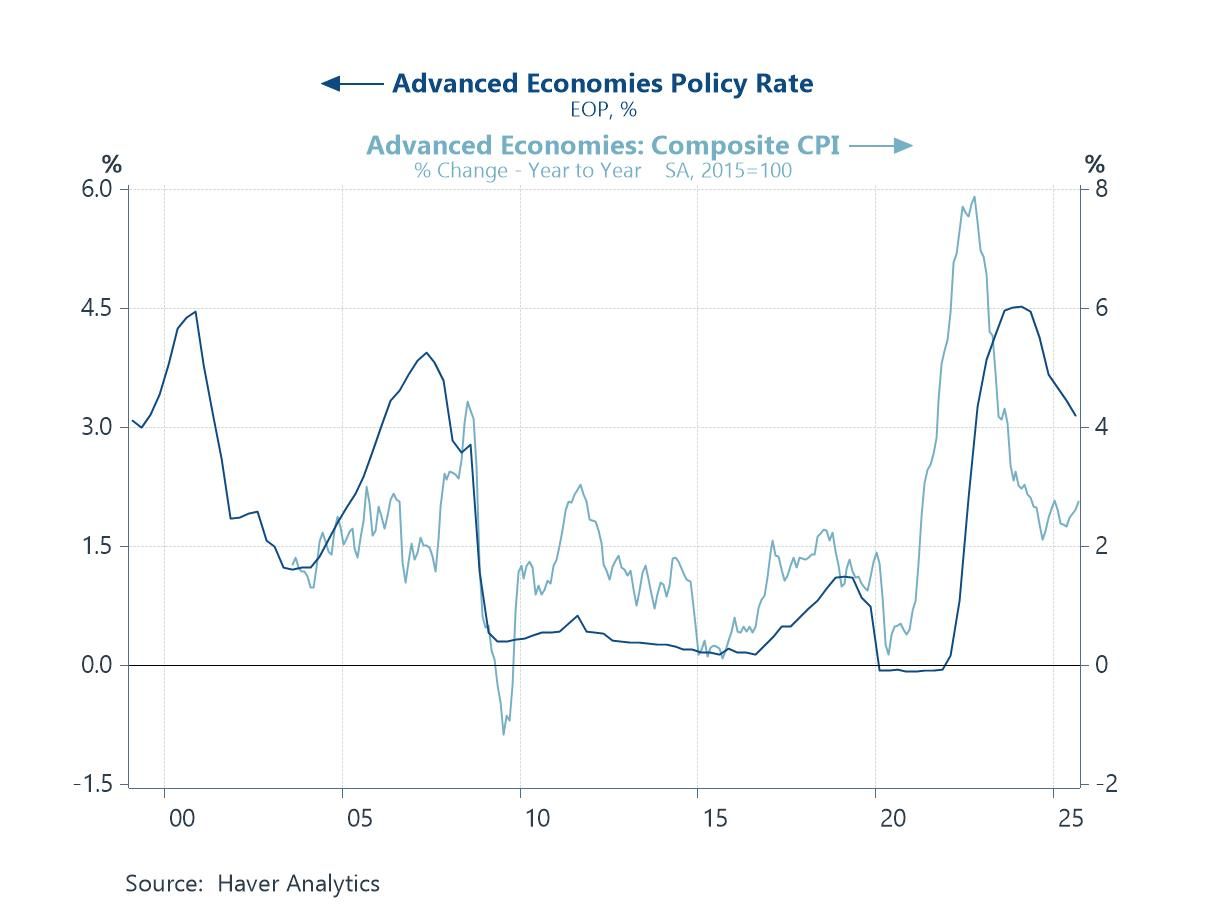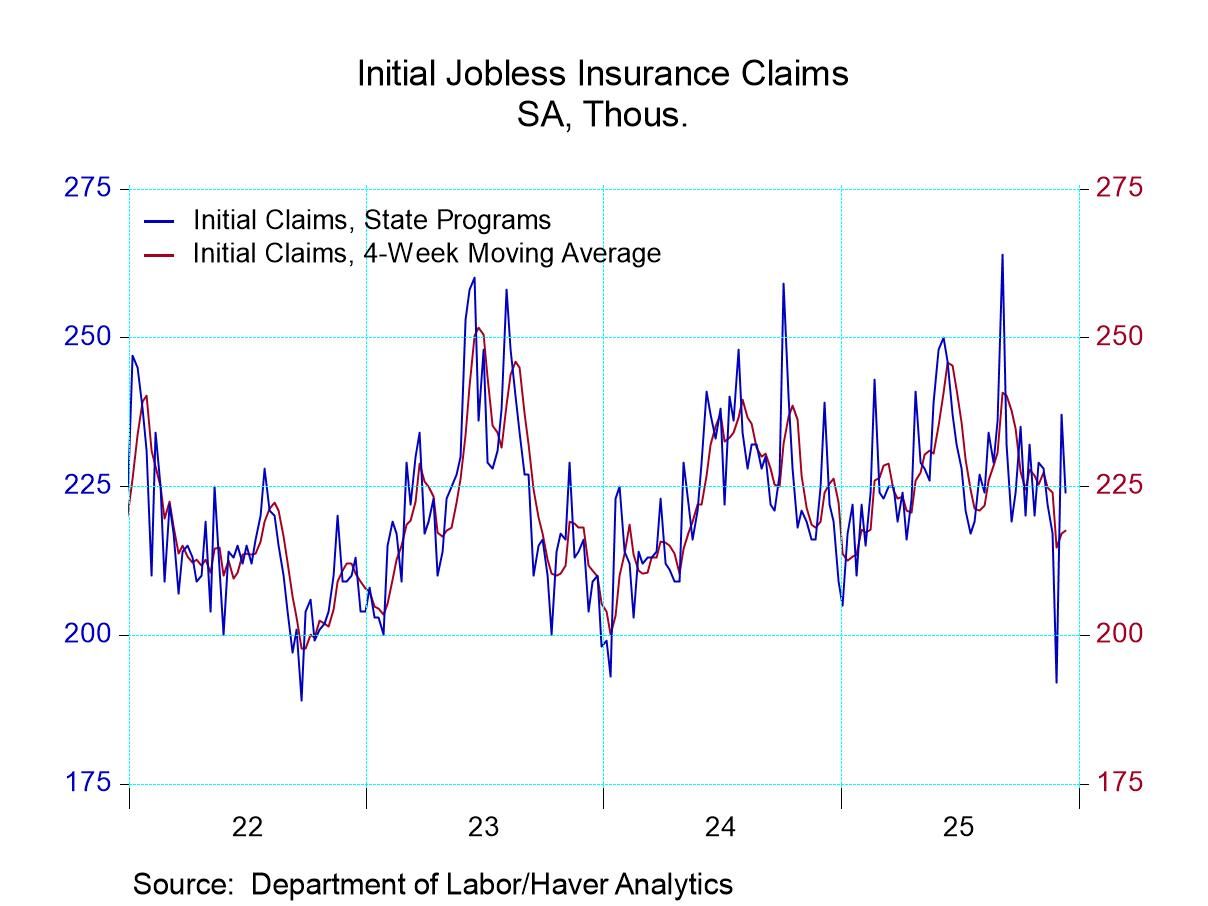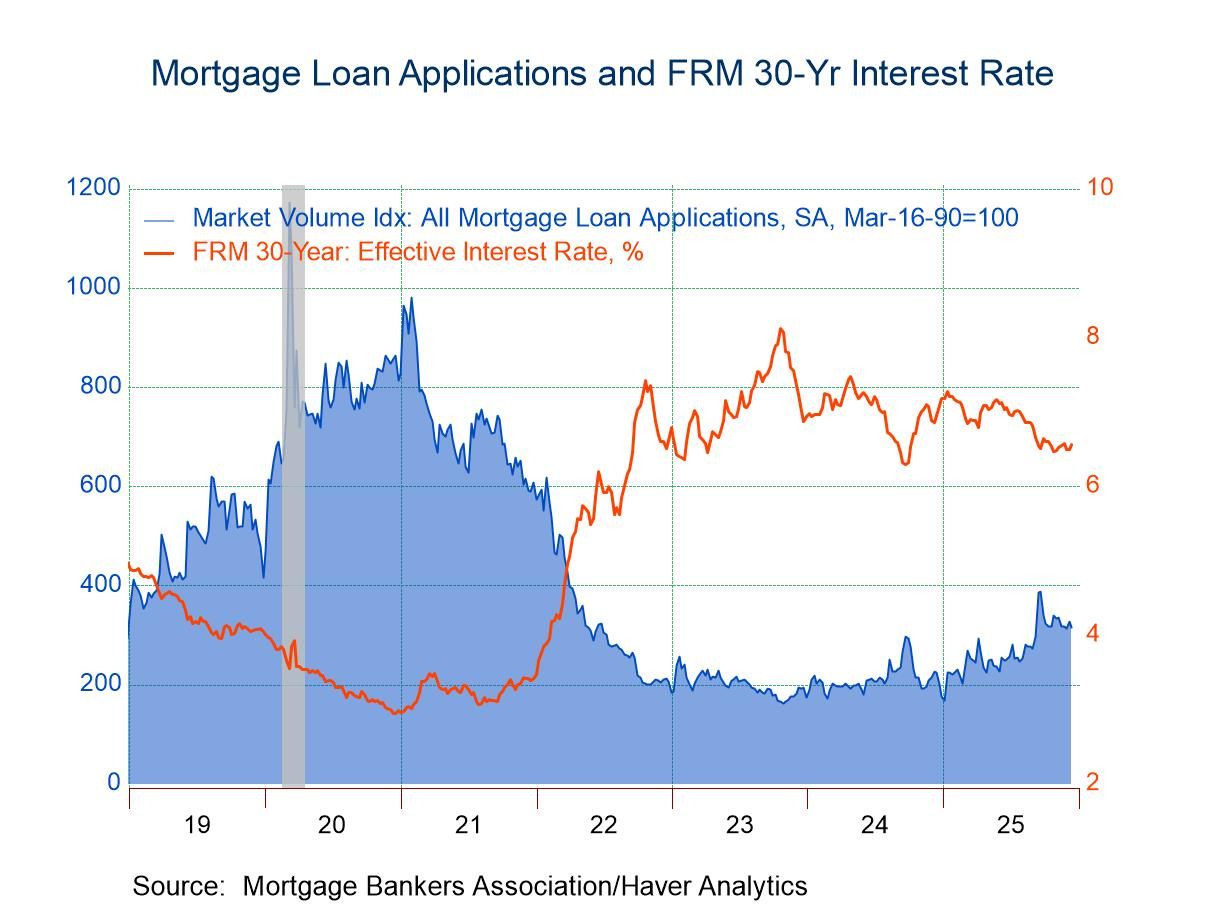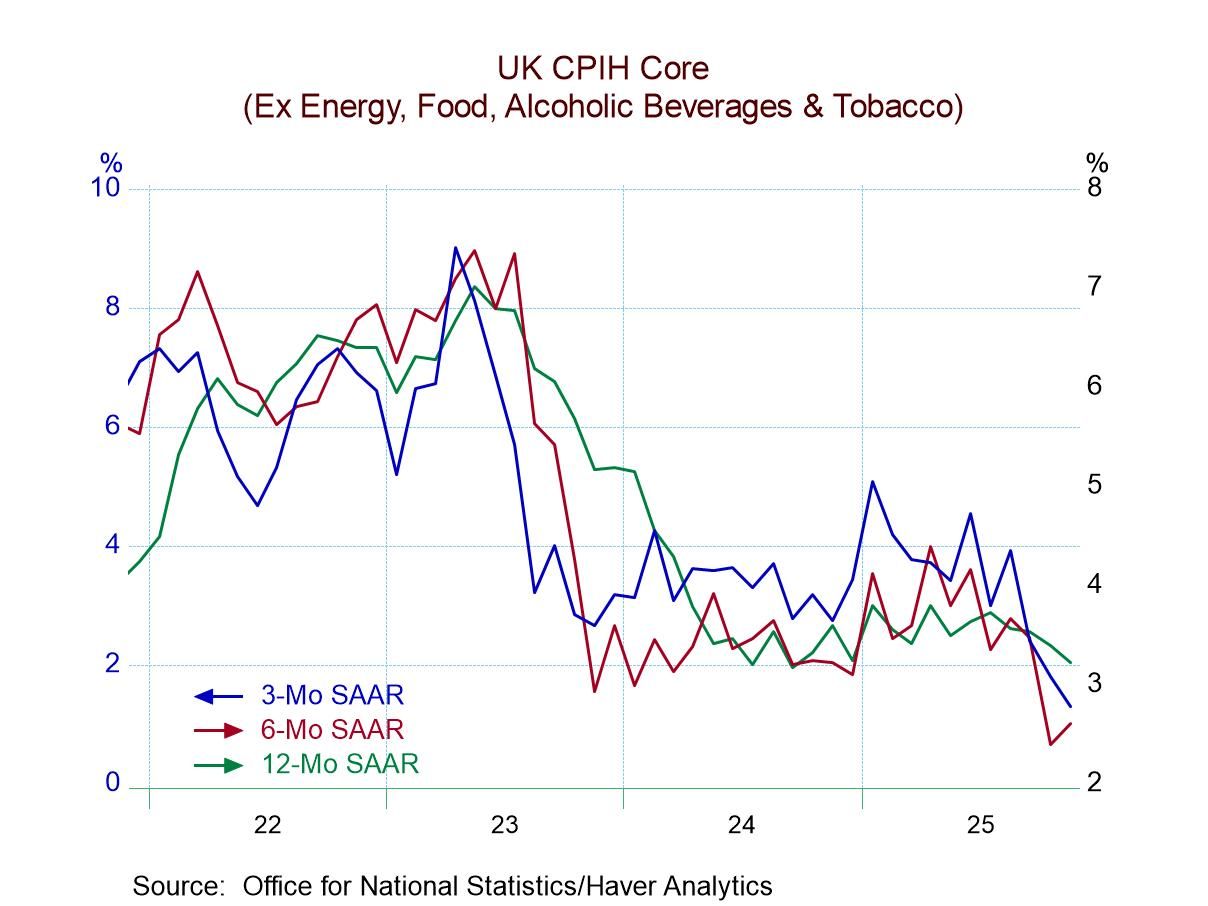 Global| Sep 01 2023
Global| Sep 01 2023Manufacturing PMIs Show Mixed Results in August

The global manufacturing sector showed uneven results in August with some of the larger economies showing some improvement, such as the euro area, Germany, France, and Japan. However, the U.K. and the U.S., both relatively large economies, show backtracking.
Among these 18 early reporting economic units, 10 of them show improvement in August. Looking at the changes in the manufacturing diffusion indexes between three-months and six-months shows improvement in six countries. Looking at the changes between six-months and 12-months, 10 countries show improvement. Looking at the changes between now in 12 months ago, there are only four that show improvements. Those four are Mexico, China, Russia, and India, but the data from Russia at this point are quite suspect since it is on a war-time footing. China, on the other hand, had been a long period of struggling as it has an entangled exist from Covid problems; it began to make some recovery. However, now it still struggles with various problems. China may not be an example of an economy on the upswing despite what the PMI trends are telling us. China does show deterioration over three months as does Russia.
We look at the median reading. The median for August is 48.8; this is slightly reduced from July's 49.2. However, August is still above June's level of 47.8. There's no discerning a trend from this choppiness. It's just clear that the manufacturing PMIs have been chopping around in an area below 50 showing some slight deterioration in the manufacturing sector, but there doesn't seem to be any trending in place. If we look at three-months compared to six-months compared to 12-months, we find the three-month average is at 48.5, just a tick higher than the six-month average at 48.4 which is the same as the average of 48.4 for 12-months. Once again, we get this sense the global economy has been frozen in this slight contraction phase that hasn't gotten better and hasn't gotten worse but with central banks fighting inflation and with this disruptive war going on between Ukraine and Russia. Given other geopolitical tensions, it's made the economic situation seem even more tenuous.

The queue percentile standings give us a clear view of where manufacturing stands; ranked on data spanning the last 4½ years, the median queue standing is at a 30.8 percentile mark, which is a standing lodged in the bottom one third of values for the countries in the table. Six of the largest countries have queue percentile standings in the lower 15% of their range or worse - these include the euro area, Germany, France, the U.S., the U.K., and Canada. There's a great deal of weakness in the global economy and the trends for manufacturing, at least, remain mixed. The U.S. employment report released today portrays an economy slowing down whose inflation problem appears to be dissipating. These general statements about U.S. trends probably apply to Europe as well. The question is going to be whether inflation will continue to dissipate since it's over the top of the targets of all central banks and labor markets remains tight. Will the the slowing in progress remain, moderate, or will it shift speeds in one direction or the other? At this point, central banks are making few bets and making policies day-by-day based on incoming data. Global manufacturing reports indicate continued weakness and uneven performance in global manufacturing this month, not much change registered in this report for August. But the outlook still is not clarified by this report.
Robert Brusca
AuthorMore in Author Profile »Robert A. Brusca is Chief Economist of Fact and Opinion Economics, a consulting firm he founded in Manhattan. He has been an economist on Wall Street for over 25 years. He has visited central banking and large institutional clients in over 30 countries in his career as an economist. Mr. Brusca was a Divisional Research Chief at the Federal Reserve Bank of NY (Chief of the International Financial markets Division), a Fed Watcher at Irving Trust and Chief Economist at Nikko Securities International. He is widely quoted and appears in various media. Mr. Brusca holds an MA and Ph.D. in economics from Michigan State University and a BA in Economics from the University of Michigan. His research pursues his strong interests in non aligned policy economics as well as international economics. FAO Economics’ research targets investors to assist them in making better investment decisions in stocks, bonds and in a variety of international assets. The company does not manage money and has no conflicts in giving economic advice.






